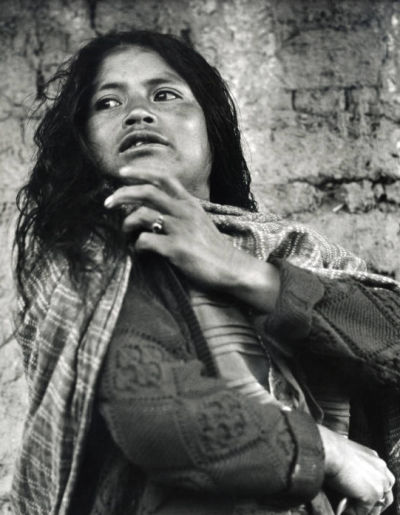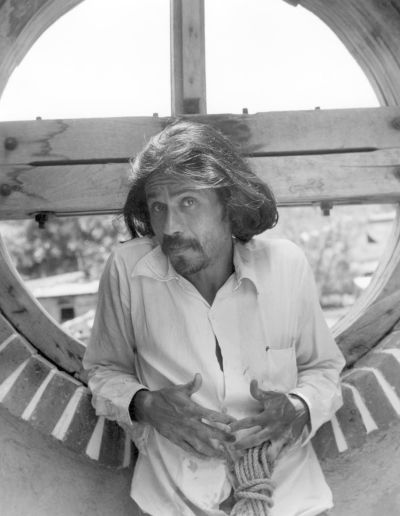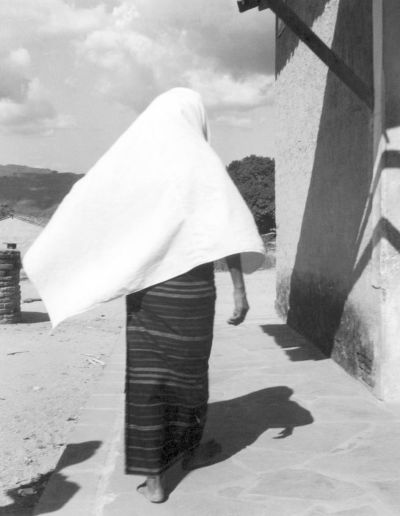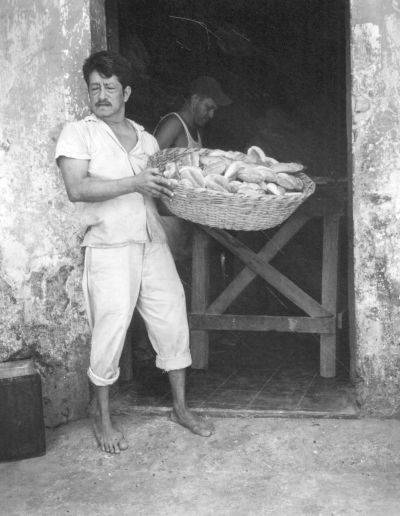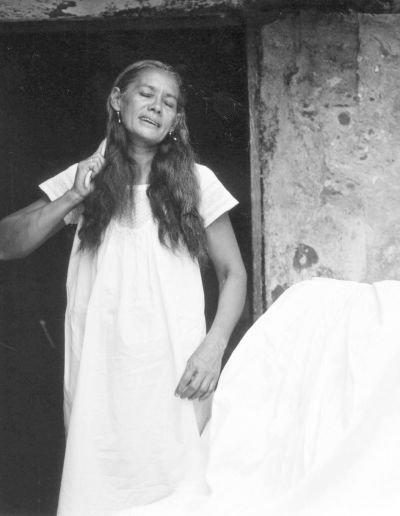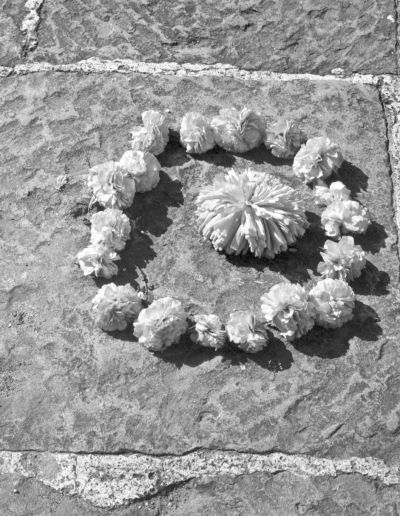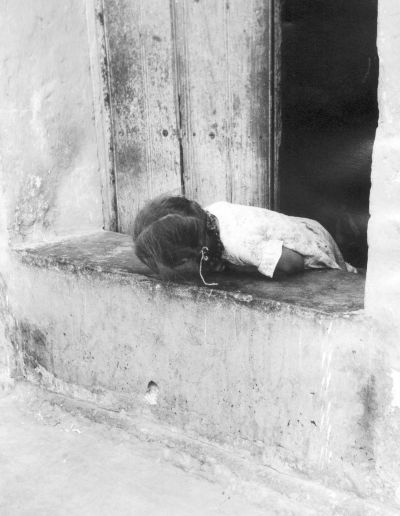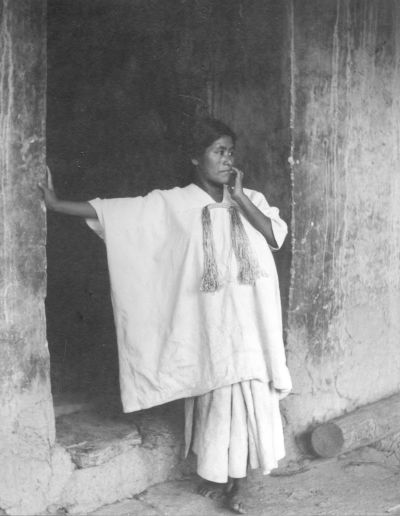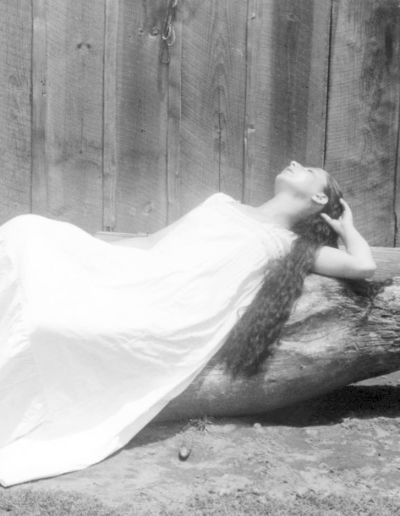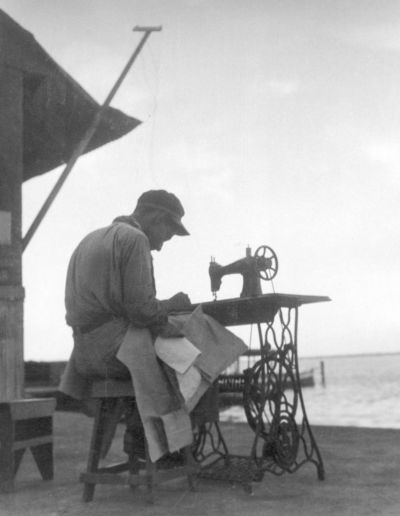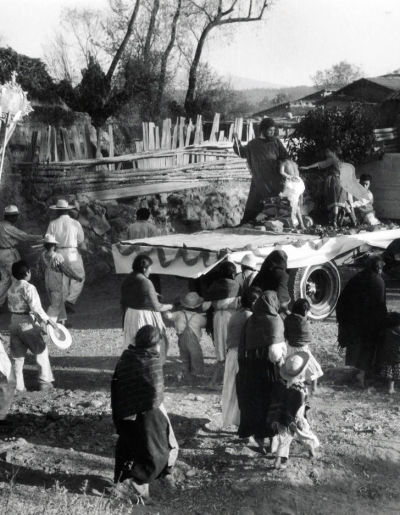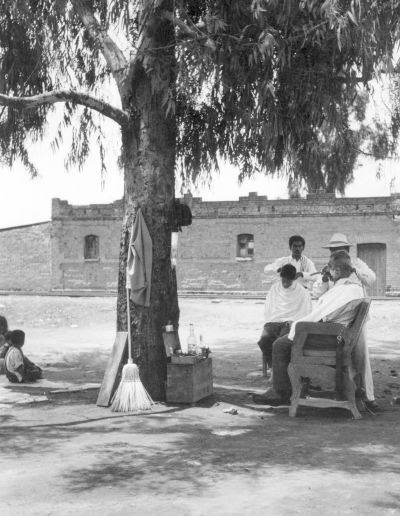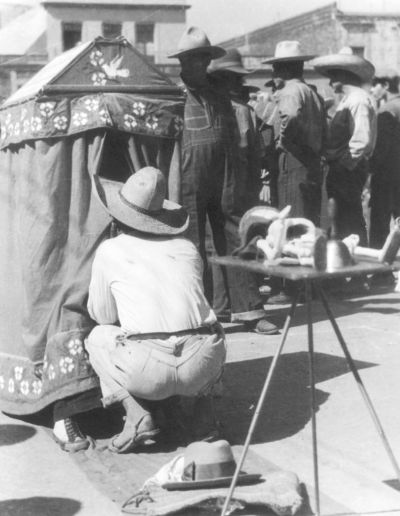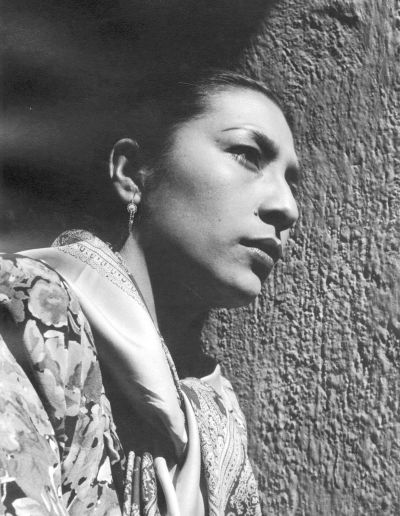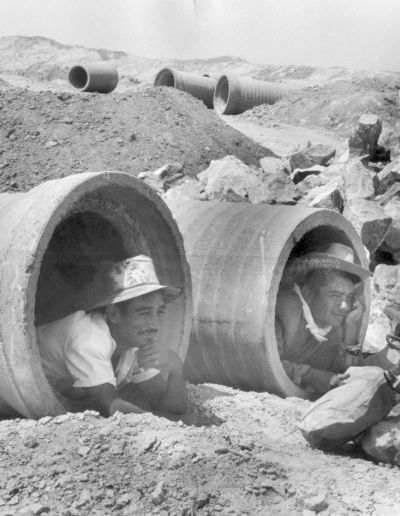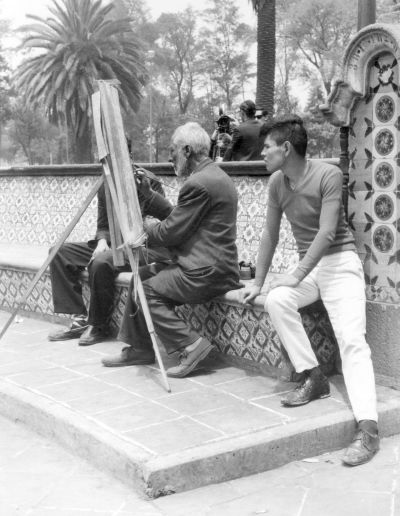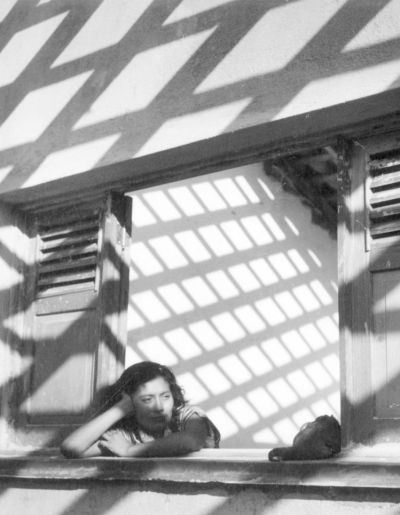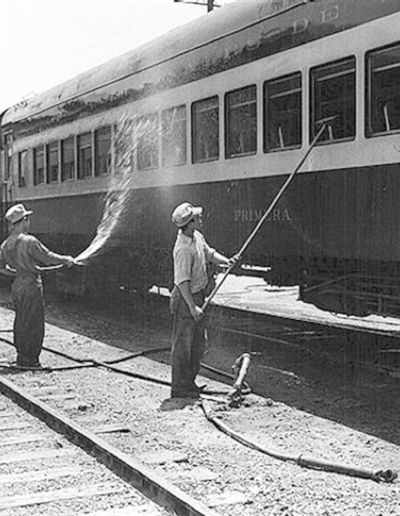Time of Change Exhibit
Lola Álvarez Bravo & Mariana Yampolsky
September 20 – November 10, 2018
Opening Reception
Thursday, September 20th, 6-8pm.
Lecture by Graciela Kartofel
Saturday, October 13th , 3pm.
Time of Change Exhibit Brochure
Please download an in-depth PDF of the Time of Change exhibit.
Complete with the artists works, and stock numbers when referencing for purchase.
Throckmorton Fine Art is delighted to present a visual dialogue between two master photographers whose attraction to Mexico’s diverse cultures sparked a unique bond between them during the decades of their friendship.
Born a quarter century apart, Lola Álvarez Bravo in Mexico in 1903 (or 1907 by some accounts) and Mariana Yampolsky in Chicago in 1925, each used their photographic talents to portray human reality in unique ways. Theirs was not a political or feminist statement. Instead their photographs captured the fascination and empathy they felt for the indigenous cultures and people they met during many trips through Mexico. Unlike the works of esteemed artists such as Diego Rivera, Hugo Brehme, Claude-Joseph- Desire Charnay, Guillermo Kahlo, Edward Weston and Tina Modotti, who often portrayed political messages in their work, Lola and Mariana shared an affinity for Mexican peasantry, shooting spontaneously and with great respect, at a time when Mexico was just coming out of a revolution and experiencing rapid growth.
Lola Álvarez Bravo and Mariana Yampolsky came from very different worlds. At times Lola functioned as Mariana’s mentor or teacher. Their shared love of Mexico and Mexican culture forged a friendship that lasted a lifetime. Lola, born Delores Martinez de Anda in Jalisco, was orphaned at a young age, winding up with an older brother in Mexico City. She married her long-time friend, the renowned artist Manuel Álvarez Bravo, in 1925. Each was a self-taught photographer. Lola not only assisted Manuel with lab work but also opened a gallery in Mexico City, where both became acquainted with the artists of the time, among them Maria Izquierdo, Lupe Marin, Diego Rivera, and Rufino Tamayo. As her talents developed, Lola experimented with photomontage and cinematography.
Lola Álvarez Bravo did a great number of portraits and complete body figures. At some point the elegance and the surreal Mexican atmosphere became one in the photographs she took of women in reclining diagonal positions. Her most famous portraits are of Frida Kahlo, the Mexican artist, dressed in black with the windowed mirror and her famous little dogs the Itzcuintli, circa 1944. For Lola the portraits were to capture the physiognomic signs and the distinctive expressions.
The visual dialogue between Mariana’s and Lola’s photographs demonstrates the strong fascination artists of many nationalities had with Mexico. Mariana Yampolsky was born in Chicago in 1925 to parents who had escaped from Europe and the Nazis. Her Russian emigre father Oscar was a sculptor and painter. Mariana was raised on her paternal grandparent’s farm. Her mother, Hedwig Urbach, came from the well-off intellectual family of a pioneer in Modern Anthropology, Franz Boas, who decisively influenced Mariana. After graduating from the University of Chicago, Mariana heard about the Mexican muralist movement in a lecture she attended and made the decision to travel to Mexico. Although she spoke no Spanish she immersed herself in Mexican culture and its people. Through meetings with Pablo O’Higgins and Leopoldo Mendez she began to work at a printer’s space mostly devoted to labor unions and farmers.
Mariana Yampolsky’s contact with the Popular Print Workshop or People’s Graphics Workshop (TGP), where she was the only woman at the time, put her in touch with accomplished artists who did prints, drawings, and paintings. Mariana remained active in the TGP from 1945 to 1960 and was a significant contributor as secretary, printer and exhibition organizer – plus doing her own prints. Her prints were powerful semi-abstract references to her political/social ideas. TGP artists worked quickly, didn’t number their prints, and sometimes forgot to sign their works. They also charged very little, many times giving their artwork for free to workers and social activists.
Soon after Mariana left the TGP she was hired as the photographer for a two-volume book The Ephemeral and the Eternal in Mexican Popular Art. Her career evolved, and she found herself working in photography, prints, editorial, organizing exhibitions and writing. Mariana’s photography often focused on the architecture of rural Mexico and the faded majesty of Mexico’s colonial plantations. Her images of poverty-stricken peasants and the wives and mothers whose husbands have left them to find work in the cities, share a quality of timelessness and a tenacity with which history and traditions survive in contemporary Mexican life.
Two prints by Mariana and Lola have much in common, although with a time difference of sixteen years. The pair of images could be called ‘women by women’. They involve two models and two authors, but there was no call of feminist concerns. Women were hard workers, carrying and passing on their traditions. Yalalag. Oaxaca, 1946 by Lola Alvarez Bravo is a gelatin silver print using a diagonal composition but articulating triangles and rectangles in baroque contrasts. Thematically, here is a standing woman displaying Oaxacan women’s clothing. The photo doesn’t reference poverty but the woman with her hand on her face insinuates concerns, things she is preoccupied with. No doubt the situation deals with the singular and the plural, meaning with herself and with the indigenous people that then and still now are not respected, not protected. Covering, Huipil, 1962 by Mariana Yampolsky is also an image taken in Oaxaca. This vintage gelatin silver print is one of Mariana’s most well-known pieces – a complex composition one can say, a battle of forces – between light and shadow. The shoeless woman walks. From the feet up, she seems to be a dark column until the huipil blows away from her body creating a volumetric thing, like an opened bird wing. On the side, almost opposed to her, is a dark vertically diagonal column with complex bits and pieces. It is a shadow that part of the construction ceiling projects on the light external wall. Covering, Huipil is a constant confrontation of opposite pairs of light and shadow, even the way the mountains and sky are pictured.
Both Lola and Mariana had naturally accumulated the Mexican cultural experience, which each managed to interpret on their own. They skillfully accessed this rich heritage with their creative spirit, freedom, personal curiosity, respect and good humor. Together they understood that photography is a medium with no end and we hope you will experience it personally by visiting.
“The accumulated Mexican cultural heritage is revealed in intense and sublime characteristics in the photographic works of Lola Álvarez Bravo and Mariana Yampolsky, masters of the use of photography to express the human and visual sides of Mexican culture.”
-Spencer Throckmorton-

